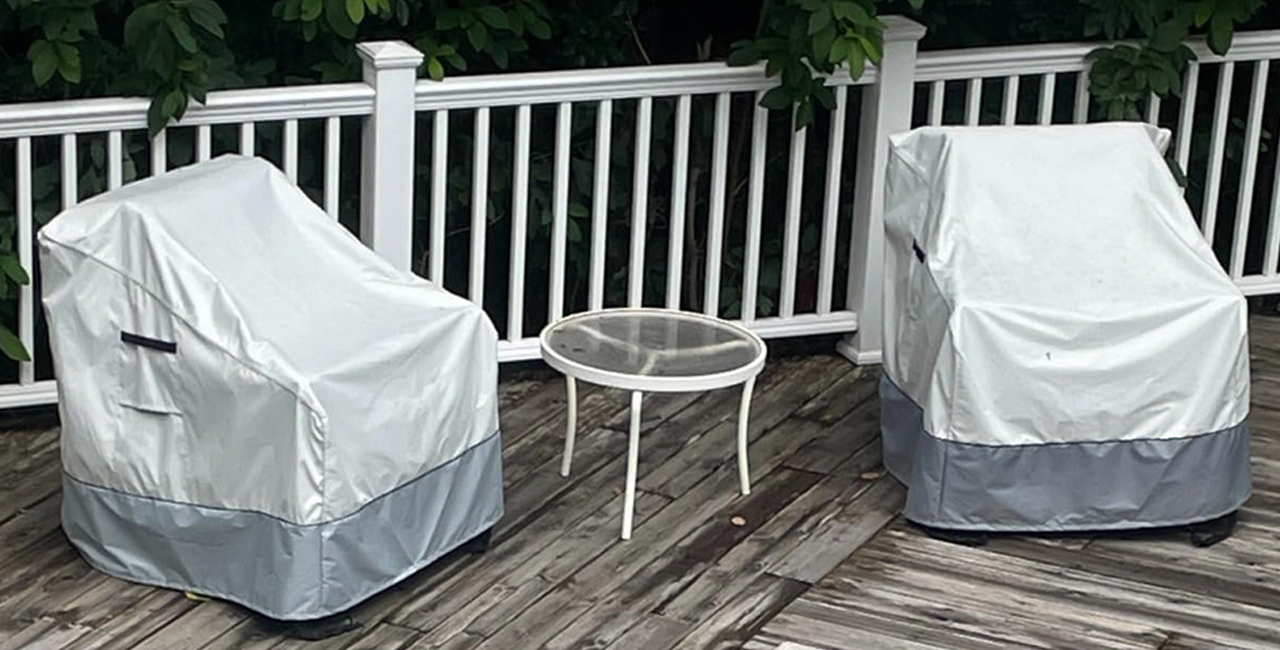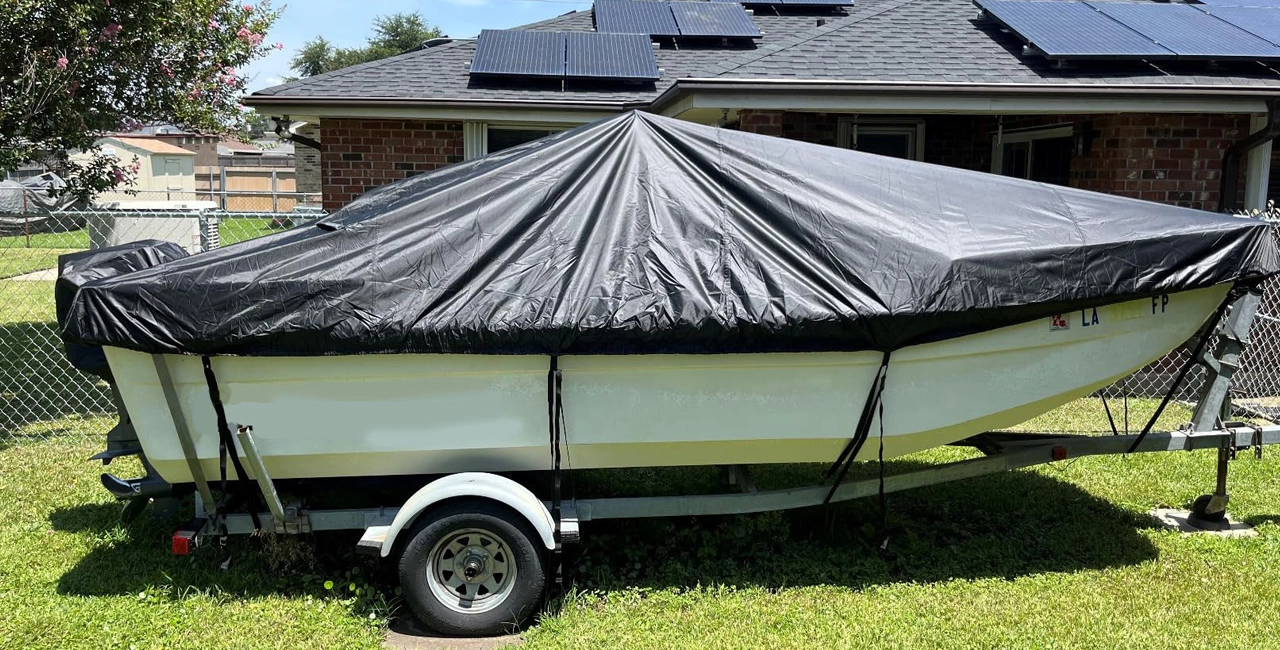Performance | Polyester (PET) | Nylon (PA) |
Abrasion Resistance | Good, but not as strong as Nylon | Excellent, the best among synthetic fibers |
Strength | High tensile strength and tear resistance, ideal for outdoor use | Slightly lower than Polyester but still strong |
Moisture Absorption | Low moisture absorption, quick-drying | Higher moisture absorption, softer feel |
Quick-Drying | Fast-drying, suitable for outdoor and sportswear | Dries slightly slower than Polyester |
UV Resistance | Excellent UV resistance, less prone to degradation under prolonged sunlight exposure | Poor UV resistance, more susceptible to aging and yellowing |
Chemical Resistance | High resistance to acids, alkalis, and oxidation, not easily corroded | Weaker chemical resistance, less resistant to alkaline conditions |
Hand Feel | Stiff and smooth but not as soft as Nylon | Soft, delicate, and cotton-like texture |
Elasticity (Resilience) | Moderate elasticity, lower than Nylon | Excellent elasticity, highly resilient and less prone to deformation |
Heat Resistance | Good heat resistance, can withstand ironing temperatures of 170-180°C | Poor heat resistance, should not be ironed above 130°C |
Cost | Lower cost, high cost-performance ratio | More expensive, especially for high-end Nylon |
Applications | Outdoor gear, sportswear, bags, home textiles, industrial fabrics | High-end sportswear, outdoor apparel, military products, women's fashion |

 English
English 

